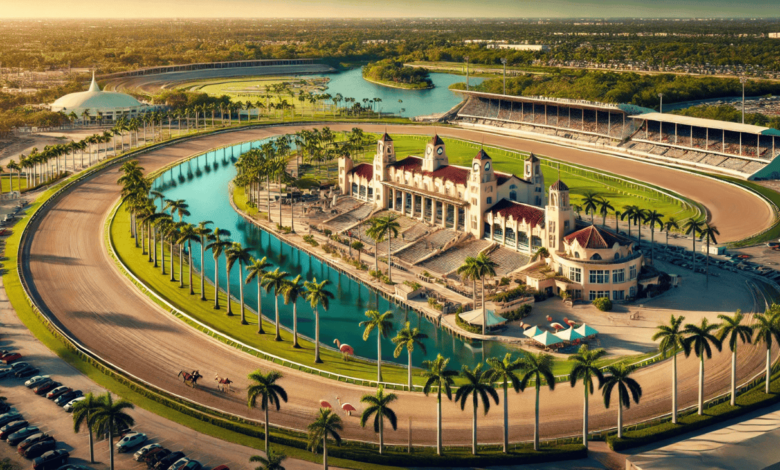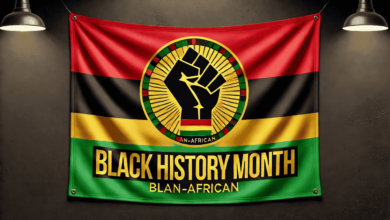Hialeah Park Race Track: A Legacy of History and Horse Racing Excellence

Hialeah Park Race Track, nestled in the heart of Hialeah, Florida, is not just a racetrack but a landmark that has stood the test of time. Known for its unique blend of rich history, breathtaking architecture, and cultural significance, the track is a must-see for anyone interested in the world of horse racing and South Florida’s heritage. For decades, it has been a focal point of equestrian sports, attracting not only horse racing enthusiasts but also celebrities, tourists, and even U.S. Presidents. But Hialeah Park Race Track’s appeal goes far beyond its races—it is a cultural gem, shaped by generations of racing history, iconic races, and timeless beauty.
The Origins of Hialeah Park Race Track
The Hialeah Park Race Track was originally established in 1921, founded by the visionaries James H. Bright and Glenn H. Curtiss. With a background in aviation and cattle ranching, they saw the potential for Hialeah to become a destination for the rich and famous. While the initial focus was on greyhound racing, it wasn’t long before thoroughbred horse racing was introduced to the track in 1925, setting the stage for the venue’s legacy.
In the early years, the Hialeah Park Race Track gained fame not just for its exciting races but also for its luxurious amenities, making it a premier destination for high society. The track became known for its beautiful landscaping, including lush gardens, palm trees, and an infield lake, which remains a signature feature today
The Golden Age of Hialeah Park Race Track
The 1930s marked the golden era of Hialeah Park Race Track. After a devastating hurricane hit the area in 1926, the racetrack was rebuilt, with the addition of a stunning Renaissance Revival clubhouse, designed by the architect Lester W. Geisler. The renovation also included extensive landscaping, with royal palms and coconut trees adorning the grounds, while flamingos were introduced to the infield lake. This transformation solidified the track’s reputation as one of the most beautiful in the country
By the 1940s, Hialeah Park Race Track had earned the title of the most prestigious racecourse in the United States. It became the site for many significant races, including the Flamingo Stakes, which attracted some of the best horses in the country. Famous horses like Citation and Seattle Slew made their mark here, further cementing the track’s legacy in the horse racing world.
But it wasn’t just the horses that brought attention to the venue. Celebrities and public figures flocked to the track, including the likes of Ernest Hemingway, Joseph Kennedy (father of President John F. Kennedy), and even President Franklin D. Roosevelt. This star-studded atmosphere made Hialeah Park Race Track not only a hub for horse racing but also a hotspot for socializing, luxury, and entertainment
Decline and Revitalization
The latter part of the 20th century saw a decline in the popularity of Hialeah Park Race Track. The racing industry faced many challenges, including competition from newer tracks, economic pressures, and changes in regulations. Despite these struggles, Hialeah Park remained an iconic part of South Florida’s history. In the early 2000s, the track briefly closed its doors, and the surrounding area underwent significant development.
However, Hialeah Park was far from forgotten. In 2013, a major revitalization project took place, including the reopening of the racetrack and the introduction of a casino. This new phase has breathed new life into the venue, attracting new generations of fans while preserving its historical significance. Today, Hialeah Park Race Track is not just a racetrack but a multifaceted destination, offering not only world-class racing but also a casino, fine dining, and live entertainment
Hialeah Park Race Track: A Cultural and Historical Icon
What sets Hialeah Park Race Track apart from other venues is its ability to combine modern entertainment with historical charm. The track’s rich history and stunning architecture have earned it a place on the National Register of Historic Places, ensuring its preservation for future generations
In addition to its historical value, Hialeah Park continues to play an important role in South Florida’s tourism industry. Tourists flock to the racetrack not only for the excitement of live races but also to experience its beautiful grounds and the unique sight of flamingos roaming the infield lake. The track has also become an integral part of the local community, with many events, concerts, and activities hosted throughout the year.
The Future of Hialeah Park Race Track
Looking ahead, Hialeah Park Race Track remains poised to continue its legacy as a cornerstone of horse racing and entertainment in South Florida. With its rich history, ongoing renovations, and commitment to preserving its iconic features, the track is set to attract both new fans and long-time supporters for many years to come.
The future of the Hialeah Park Race Track lies in its ability to adapt while staying true to its roots. As the track continues to modernize and expand its offerings, there is no doubt that it will remain a beloved institution, both in the world of horse racing and as a unique cultural destination.
Conclusion
The Hialeah Park Race Track stands as a testament to the endurance of history, beauty, and sport. Whether you are a racing enthusiast, a history buff, or just looking for a stunning place to visit, Hialeah Park has something for everyone. With its combination of horse racing, luxury, and rich cultural heritage, this iconic racetrack continues to hold a special place in the heart of South Florida. A visit to Hialeah Park is a journey through time, offering a glimpse into the past while celebrating the excitement of the present.



